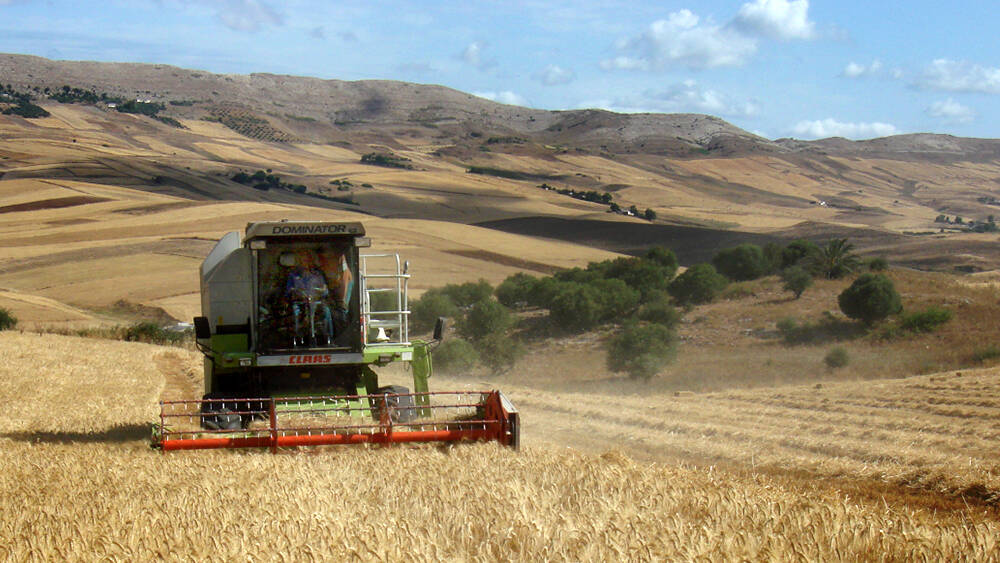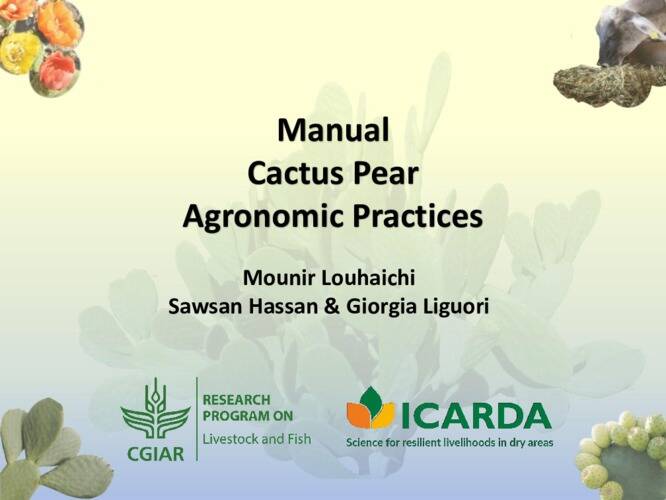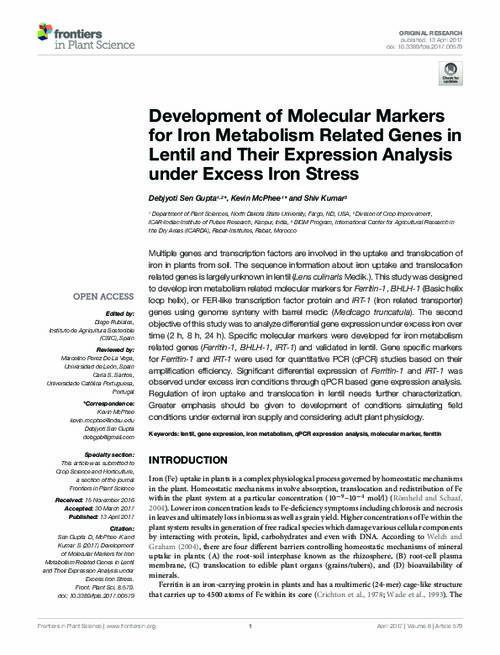

The equipments list for each exercise are for determining equipment needs for planning the field study or a workshop. It can be used as a valuable reference by the personnel conducting actual field studies of irrigation systems. This manual should be used as a reference for correct laboratory and field measurement procedures. The main purpose of this manual is to provide the student with basic measurement procedures, suitable for the laboratory and field, for conducting field studies of farm irrigation systems. The manual has been written based on a series supplied to participants in a workshop titled “Diagnostic Analysis of Farm Irrigation System”. Soil-Water Engineering Field and Laboratory Manual


It is essential reading for many agronomy, plant nutrition and agricultural extension professionals. This book provides a valuable guide to the requirements of crops for plant micronutrients and the causes, occurrence and treatment of deficiencies. Detailed treatment of topics, such as: soil types associated with deficiencies, soil testing and plant analysis, field experiments, innovative treatments, micronutrients in the subsoil, nutrient interactions, effects of changing cropping systems, micronutrient budgets and hidden deficiencies in various chapters provides depth to the broad coverage of the book. Links between low contents of iodine, iron and zinc (human micronutrients) in staple grains and the incidence of human health problems are discussed, together with the ways in which the micronutrient content of food crops can be increased and their bioavailability to humans improved. The causes, effects and alleviation of micronutrient deficiencies in crops in: Australia, India, China, Turkey, the Near East, Africa, Europe, South America and the United States of America, are covered, and these are representative of most of the different conditions under which crops are grown anywhere in the world. Micronutrient deficiencies in crops occur in many parts of the world, at various scales (from one to millions of hectares), but differences in soil conditions, climate, crop genotypes and management, result in marked variations in their occurrence.

Publisher: Springer Science & Business MediaĪ deficiency of one or more of the eight plant micronutrients (boron, chlorine, copper, iron, manganese, molybdenum, nickel and zinc) will adversely affect both the yield and quality of crops.


 0 kommentar(er)
0 kommentar(er)
